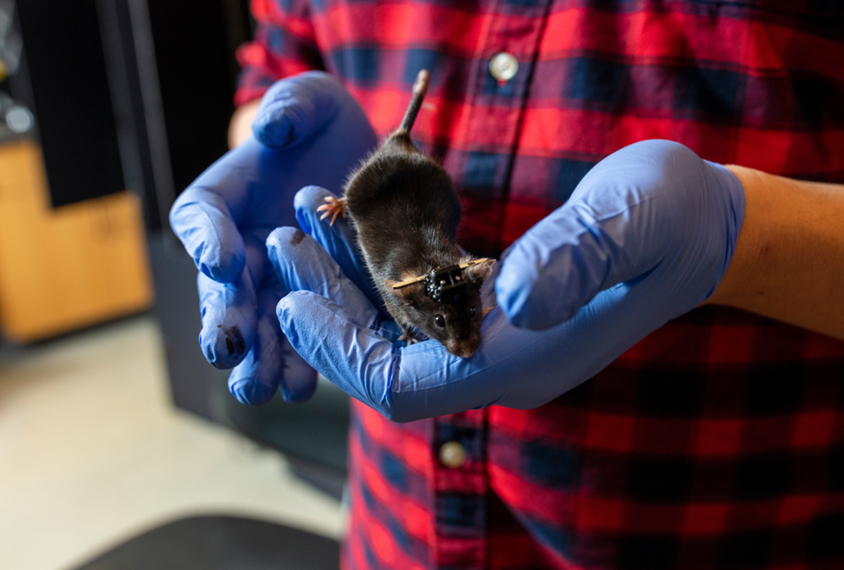How Animal Behavior Is Shaping Our Understanding of Intelligence
The study of animal behavior has long intrigued scientists and the general public alike. From the intricate dances of honeybees to the problem-solving abilities of crows, the animal kingdom offers remarkable insights into the nature of intelligence. Modern research into animal cognition challenges traditional notions, revealing that intelligence manifests in diverse and unexpected ways. 
This evolving understanding compels us to rethink human-centric definitions of intellect and explore how these discoveries influence fields ranging from artificial intelligence to conservation.
Defining Intelligence Through Animal Behavior
Intelligence, traditionally defined by human standards, often emphasizes reasoning, memory, and problem-solving. However, examining animal behavior expands this definition. Animals exhibit intelligence in forms tailored to their environments, suggesting that intellect is not a singular trait but a spectrum of abilities.
Tool Use and Problem-Solving
Certain animals demonstrate an ability to use tools, a hallmark of advanced cognitive abilities. For instance, New Caledonian crows craft tools to extract insects from crevices, showcasing foresight and innovation. Similarly, octopuses manipulate objects to build shelters, indicating spatial awareness and adaptability.
Social Intelligence
The complexities of social structures among species like dolphins and elephants highlight another dimension of intelligence. Dolphins exhibit remarkable communication skills, employing unique whistles as names, while elephants mourn their dead and display cooperative behavior that reflects emotional depth.
This broadened definition underscores that intelligence must be evaluated within the ecological and social context of each species, challenging anthropocentric views.
Animal Communication: Bridging Cognitive Divides
Communication is a cornerstone of intelligence, and animals demonstrate an array of sophisticated signaling systems. These range from vocalizations to chemical signals, each adapted to specific needs and environments.
Language-Like Systems
Great apes, such as chimpanzees and bonobos, have been observed using sign language or symbol-based systems to convey complex thoughts. For example, the famous bonobo Kanzi could combine symbols to express desires and answer questions, bridging the gap between human and non-human cognition.
Non-Verbal Signals
Honeybees perform "waggle dances" to communicate the location of food sources, encoding distance and direction with precision. This behavior exemplifies a form of symbolic communication, previously thought exclusive to humans.
Understanding animal communication not only reshapes our perspective on intelligence but also fosters empathy for non-human species, encouraging more ethical interactions.
Lessons from Collective Behavior
Another avenue through which animal behavior informs our understanding of intelligence is collective decision-making. Species like ants, fish, and birds display emergent intelligence through coordinated group behaviors that achieve complex goals.
Swarm Intelligence
Ant colonies operate as superorganisms, efficiently distributing tasks and resources without centralized control. Each ant’s simple actions contribute to the colony’s success, offering insights for optimizing human systems such as traffic flow and robotics.
Flocking and Schooling
Birds in flocks and fish in schools move in harmony, responding instantaneously to changes in their environment. This coordination relies on decentralized decision-making, inspiring algorithms in fields like AI and data analysis.
By studying these phenomena, researchers gain valuable insights into decentralized systems and collaborative problem-solving, principles increasingly applied to human technology and organizational structures.
Implications for Conservation and Ethics
The revelations about animal intelligence carry profound ethical and conservation implications. Recognizing animals as sentient beings with distinct cognitive capacities urges us to rethink how we interact with and protect them.
Enhanced Conservation Strategies
Understanding animal behavior allows for more effective conservation efforts. For example, tracking the migratory patterns of whales and birds, informed by their cognitive maps, helps design protected corridors that safeguard these species.
Reevaluating Human Practices
Knowledge of animal intelligence challenges practices such as factory farming, animal testing, and habitat destruction. If animals are capable of experiencing emotions, forming memories, and solving problems, ethical considerations become paramount.
This shift not only promotes the welfare of individual species but also enhances biodiversity, which is critical for ecological balance and human survival.
References
- Animal Cognition – National Geographic
- Tool Use in Crows – BBC Earth
- Elephant Mourning Behaviors – Smithsonian Magazine
- Bonobo Language Studies – Scientific American
- Honeybee Waggle Dance – Nature
- Swarm Intelligence – MIT Technology Review
- Flocking Behavior – ScienceDirect
- Animal Ethics – PETA
- Whale Migration Studies – NOAA
- AI Inspired by Animal Behavior – Wired



































